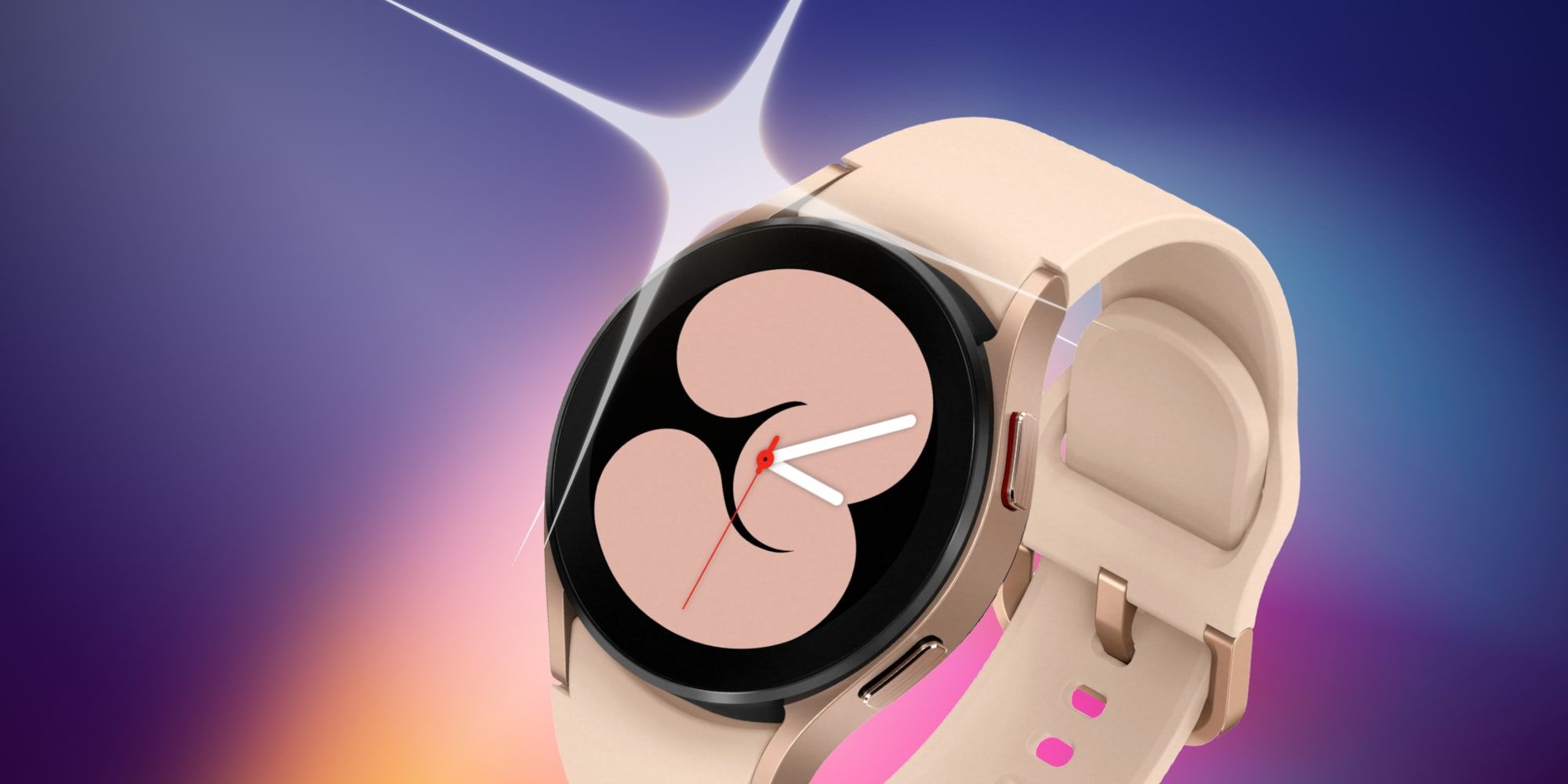
Samsung launched a new version of its smartwatch, the Galaxy Watch 4 bringing quite a few changes and improvements over last year's Galaxy Watch 3, including new sensors. Updates to technology are something that's very much expected each year and sometimes turn out to be disappointingly minor, however, the latest wearable from Samsung might be worth an upgrade even for those that own a Galaxy Watch 3.
Samsung's first Galaxy Watch was released in 2018 but it has been making wearables under the Galaxy Gear brand since 2013, pre-empting Apple by two years and being among the first to make what would be recognized as a modern smartwatch. Over the years, Samsung improved the functionality of its Galaxy smartwatches to become recognized as one of the best available for Android phones and integrating particularly well with Samsung smartphones.
Samsung's Galaxy Watch 4 has a surprisingly large number of upgrades over the Galaxy Watch 3, one of which was announced in advance in the form of an operating system change. Google announced that its core smartwatch software, Wear OS, would be merging with Samsung's Tizen during its I/O 2021 developer's conference in May. Samsung confirmed that its Galaxy Watch 4 will run Wear OS Powered by Samsung, implying there will be some differences for its implementation and noting that it will use One UI Watch 3. Since Google and Samsung collaborated on the new operating system it should be safe to assume that Samsung's watch will have access to many more apps than were available for Tizen, one of the common complaints about the Galaxy Watch 3 and earlier models.

With the Galaxy Watch 4, Samsung is making a leap forward with the system-on-a-chip that powers the device. Whereas the Galaxy Watch 3 used a 10 nanometer Exynos 9110, a chip design released in 2018, the Galaxy Watch 4 has a state-of-the-art 5 nanometer Exynos 920. This offers 20 percent better CPU speed and up to 10 times better graphic performance, while also increasing efficiency. This is a dramatic improvement and should make a noticeable improvement when compared to the previous generation. Battery life soars to as much as 40 hours by pairing this highly efficient chip with the new Wear OS. Also new to the Galaxy Watch 4 is a biometric sensor that can measure body composition, a first for a smartwatch. Blood pressure readings were mentioned but are not available in the US.
Despite the long battery life, the Galaxy Watch 4 is slimmer than any Samsung smartwatch, under 10 millimeters, which is even thinner than the Galaxy Watch Active 2 and a full millimeter less than the Galaxy Watch 3. Models with LTE capability and aluminum cases are quite affordable, priced at $250 for the 40-millimeter size and $300 for the larger 44 millimeters. Choosing the stainless steel case of the Galaxy Watch 4 Classic adds $100 to the cost but increases durability, making all of these upgrades available at the same cost as last year's smartwatch and even less expensive when choosing aluminum. The Samsung Galaxy Watch 4 is an exciting improvement to the platform and possibly a fresh start for Wear OS, making it worthy of upgrading even for those that own a Galaxy Watch 3.
Source: Samsung
from ScreenRant - Feed https://ift.tt/37Advjc


0 Comments